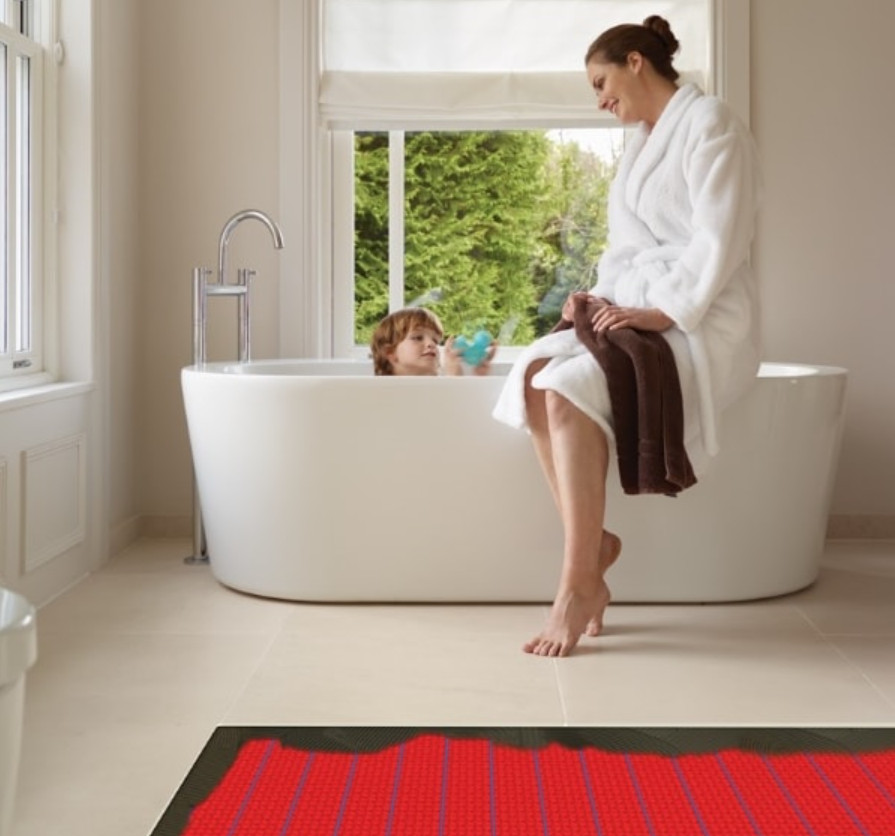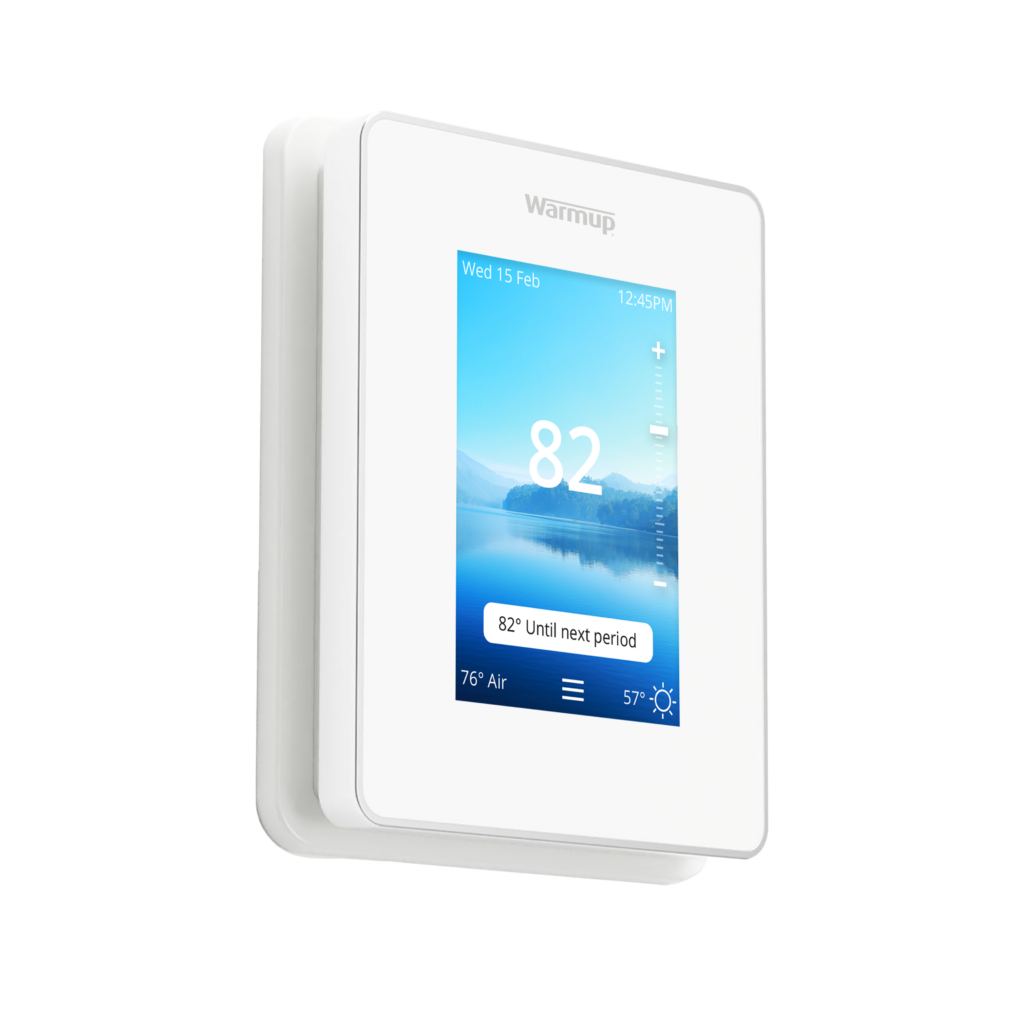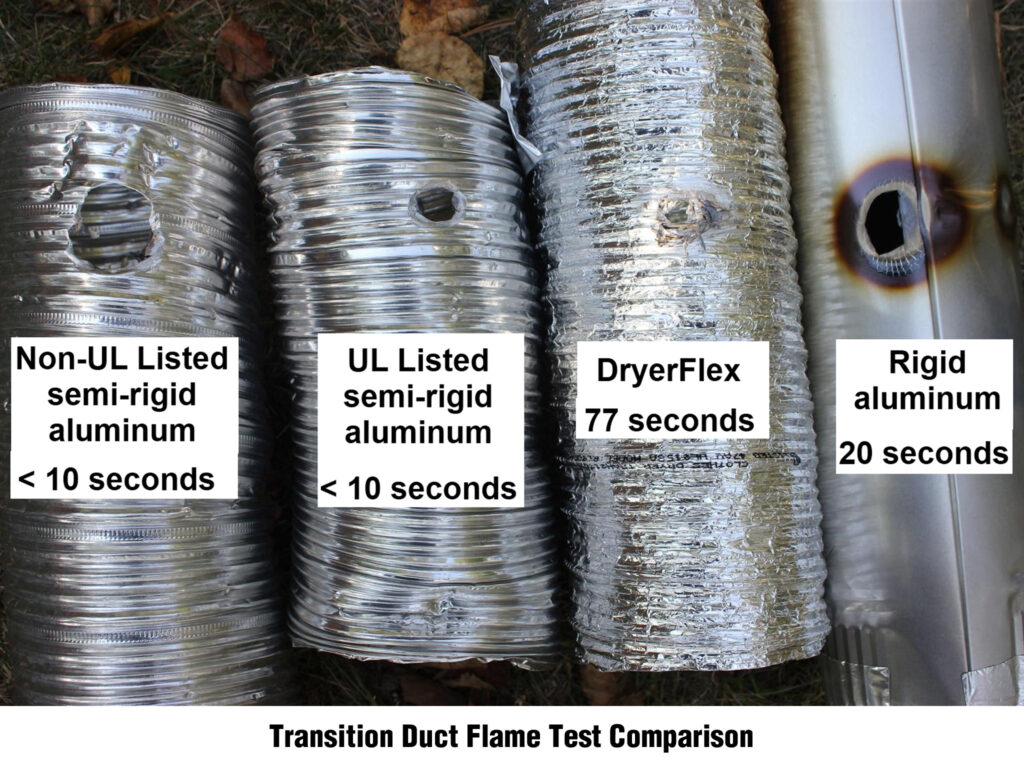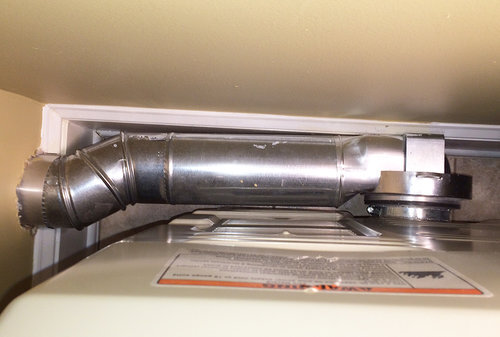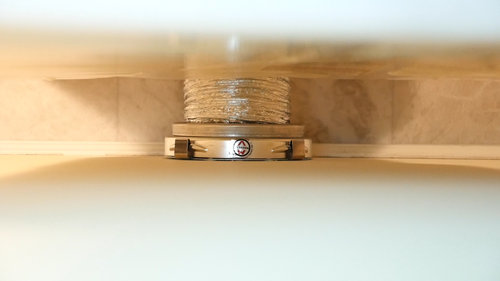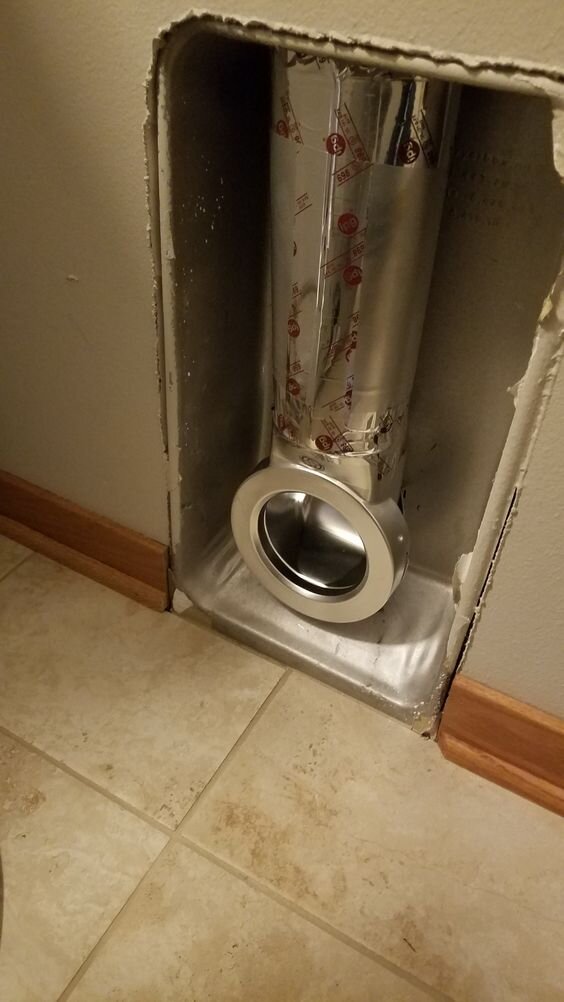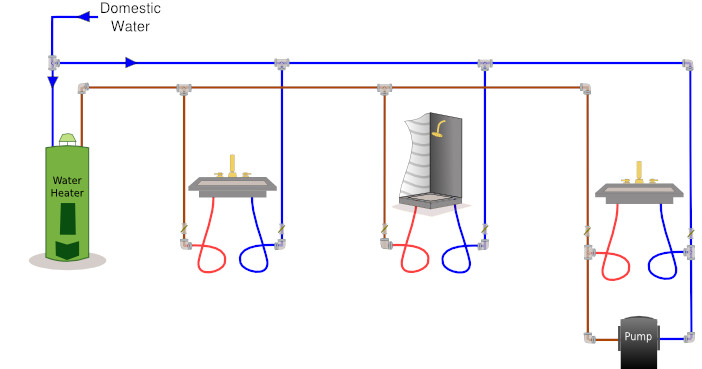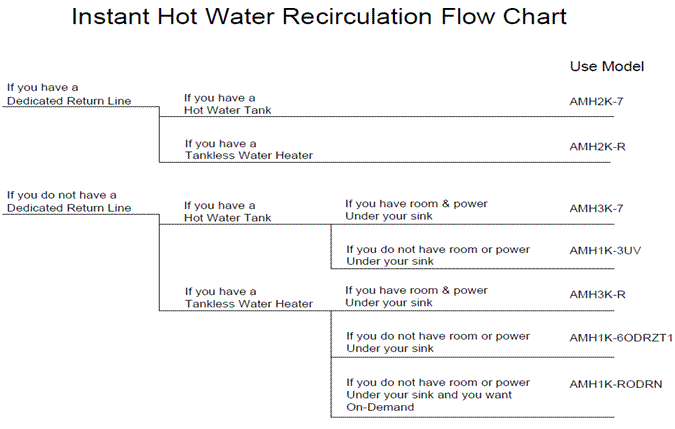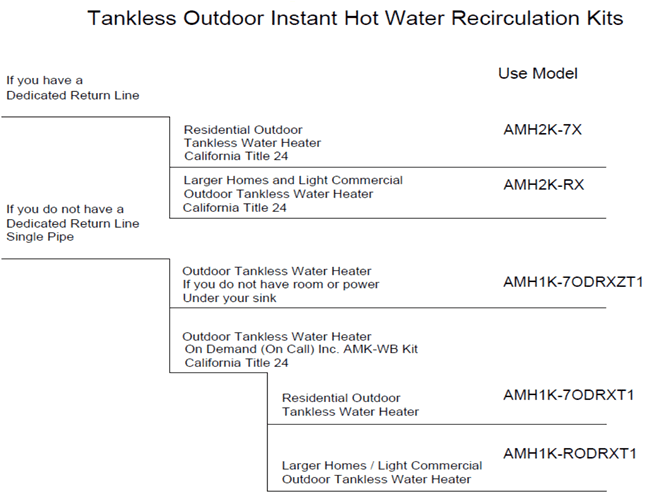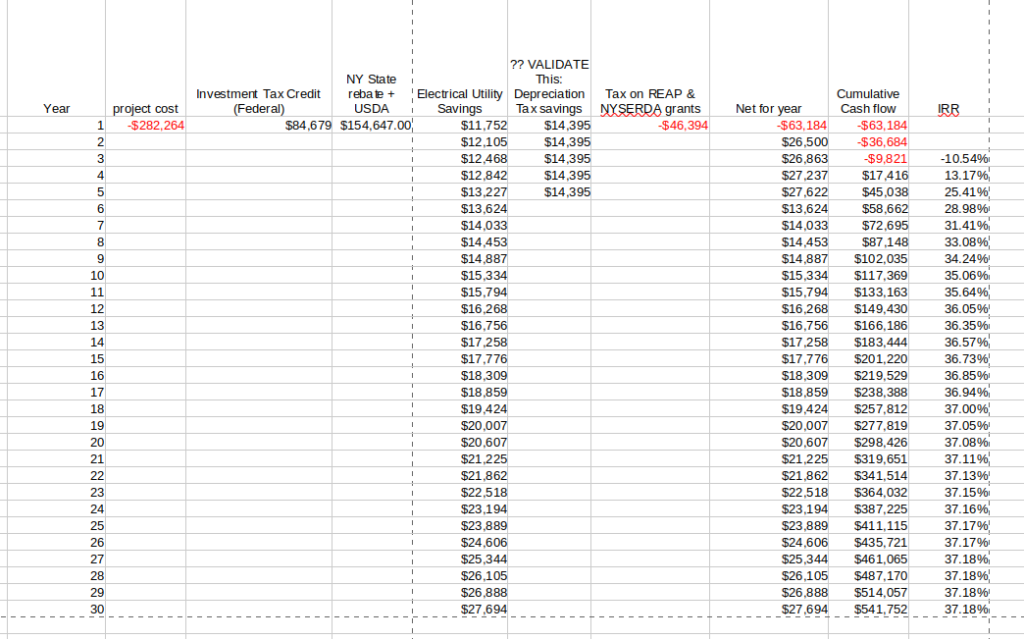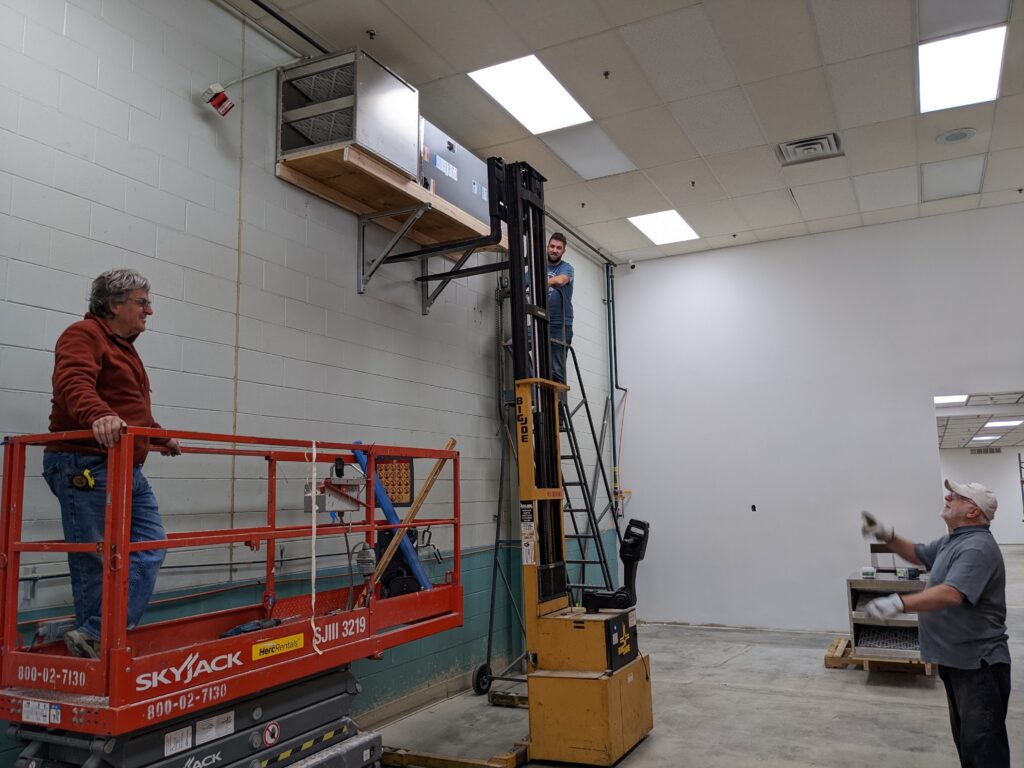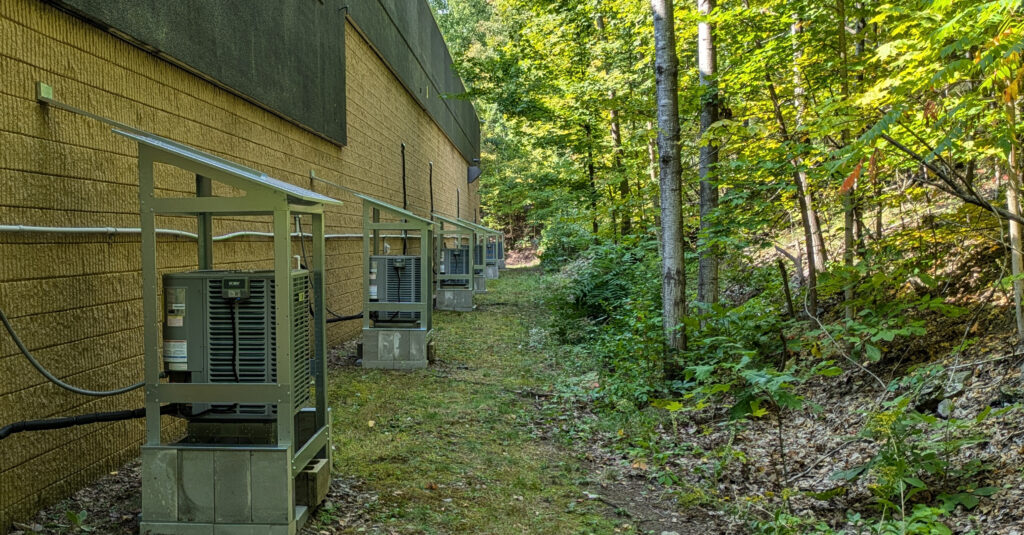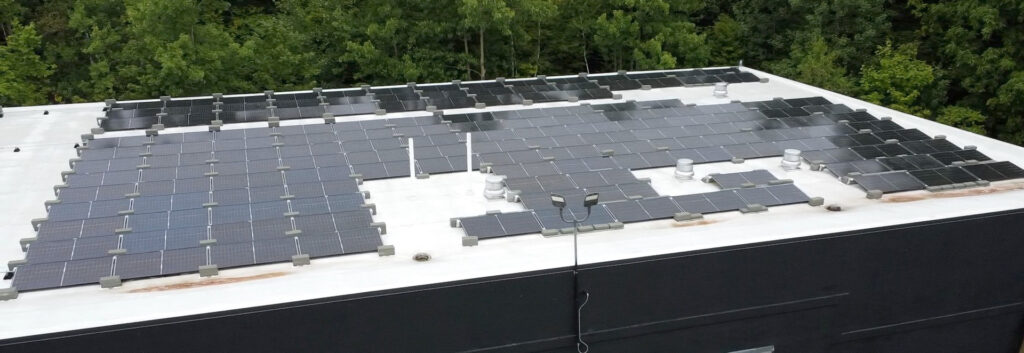When it comes to underfloor heating, Warmup leads the way with innovative solutions that balance efficiency, ease of installation, and sophisticated design. With products like the StickMat, DCM-Pro, Electric Foil Heater, and 6iE Smart WiFi Thermostat, Warmup provides versatile heating options to fit any room type and flooring style.
Warmup StickMat: Ideal for Bathrooms, Kitchens, and Entryways
The Warmup StickMat system is designed for tiled or stone floors, making it a popular choice for bathrooms, kitchens, and entryways where these materials are often used. This system combines simplicity and efficiency, using ultra-thin heating wires attached to a fiberglass mesh. Its self-adhesive backing keeps the mat securely in place during installation, cutting down on setup time.
Why Choose the StickMat?
- Quick, straightforward installation with self-adhesive backing
- Even, consistent heating across tile and stone surfaces
- Perfect for areas where floor height needs to stay minimal
With its thin profile and compatibility with tiles and stone, the StickMat adds warmth without raising the floor height noticeably, making it a great solution for retrofits and new builds alike.
Warmup DCM-Pro: High Traffic Rooms Like Living Rooms and Hallways
For rooms where floor durability is key—like living rooms, hallways, and large bathrooms—the Warmup DCM-Pro system offers both robust heating and long-term floor protection. Its unique decoupling membrane isolates the heating cables from the subfloor, helping to prevent cracks in tile and stone caused by subfloor movement. This waterproof membrane also makes the DCM-Pro a great choice for bathrooms and other wet areas.
Why Choose the DCM-Pro?
- Decoupling membrane protects tile and grout from cracks
- Customizable cable spacing for precise heat output control
- Ideal for high-traffic and temperature-varying rooms or areas prone to floor movement
The DCM-Pro’s design enhances durability and ensures smooth, consistent warmth, making it the go-to for spaces that need long-lasting, resilient flooring.
Warmup Electric Foil Heater: Comfort for Living Rooms, Bedrooms, and Offices
Designed for use under floating floors, such as laminate, engineered wood, and carpet, the Warmup Electric Foil Heater is a versatile and ultra-thin heating option. It’s ideal for spaces like living rooms, bedrooms, and offices where floating floors are common. This foil heater is simple to install, requiring no adhesives or special tools, making it an excellent choice for retrofit projects.
Why Choose the Electric Foil Heater?
- Roll-out installation with no adhesive or self-leveling compounds needed
- Low-profile design minimizes impact on floor height
- Compatible with various floating floors, including laminate and carpet
The Electric Foil Heater is an effective solution for achieving comfortable, uniform heat in rooms where soft or floating floors are preferred. Plus, it provides consistent warmth without affecting floor height, perfect for creating cozy, inviting living spaces.
Warmup 6iE Smart WiFi Thermostat: Total Control and Energy Savings
The Warmup 6iE Smart WiFi Thermostat takes your underfloor heating to the next level with intelligent control features and sleek design. It offers remote access via WiFi, so you can adjust your heating from anywhere with the MyWarmup app. The 6iE also includes Geo-Fencing technology, which automatically turns heating on or off based on your location, ensuring your home is warm when you arrive and energy-efficient when you’re away.
Why Choose the 6iE Thermostat?
- Smart adaptive heating learns your schedule for optimal efficiency
- Geo-Fencing technology adjusts heating based on your location
- Real-time energy usage insights help monitor and control heating costs
With compatibility for both electric and hydronic systems, as well as voice assistant integration, the 6iE provides a convenient, hands-free experience that’s as energy-efficient as it is user-friendly.
Why Choose Warmup for Underfloor Heating?
Warmup’s innovative underfloor heating solutions make it easy to find the right system for every room in your home, from high-traffic areas to quiet retreats. Each product is designed with a focus on comfort, durability, and energy savings, while the 6iE thermostat puts control right at your fingertips. Whether you’re renovating a bathroom, upgrading a bedroom, or adding warmth to a living room, Warmup products offer the perfect blend of comfort, convenience, and cutting-edge technology.


